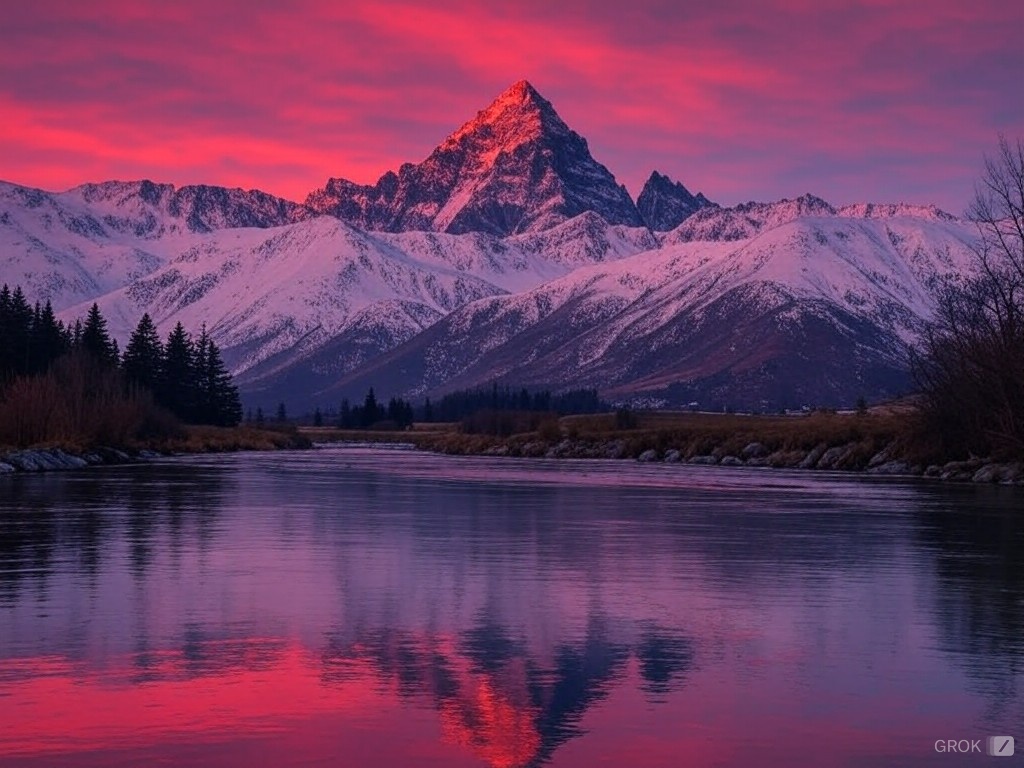Let’s dive right into the heart of making games that not just play well but look phenomenal – Unity Level Design. Have you ever found yourself playing a game, marveling at the vivid landscapes, and wondering, “How did they even make this?” Well, it’s a lot about Unity – a powerhouse in the game development arena. Stick around; this might just be the lightbulb moment for your game development quests.
Now, Unity – oh boy! It’s like the Swiss Army knife for game developers. I’ve been down in those trenches, using Unity to mold environments that are not just settings but characters in their own right. It’s almost like sculpting, but the clay is your imagination. But what really gets the propeller of your mind spinning? It’s the dizzying array of tools Unity offers for level design. We’re talking about Terrain Editor, Shader Graph, and hey, let’s not forget the all-mighty Cinemachine for those sweeping cinematic shots.
Contents
Essentials of Unity Level Design
When you first dip your toes into Unity, it might feel a bit overwhelming. There are buttons and panels everywhere! But here’s a little secret – it’s all about taking that first step. The Terrain Editor, for instance, is something straight out of a landscaper’s dream. With it, you can create hills, valleys, and everything in-between. It’s kind of like playing god but in the digital sense, you know? And yes, sometimes I do get carried away, plopping down an extra mountain or two. Can you blame me?
Ever played a game and suddenly, a wild, breathtaking view pops up, leaving you all starry-eyed? That’s the magic of Unity’s lighting and shading tools working to make sure the mood is just right. It’s not just about putting objects together; it’s about painting with light and shadows. It brings the whole scene to life!
The Human Touch in Game Levels
Here’s the thing about designing game levels – it’s as much about psychology as it is about architecture. You’re crafting paths that players will take, scenes they will see, and experiences they will feel. Ever felt chills down your spine as you approach a creepy, abandoned spaceship or a quiet forest with sunlight peeking through the leaves? That’s us, game designers, doing our bit to get into your head a bit, in a good way, of course!
It’s crucial to understand who you’re designing for. The teenager seeking thrill versus the seasoned puzzle lover looking for a challenge? Their expectations are worlds apart. Sometimes I catch myself designing something purely because it looks cool, then I step back and think, “Hold on, will this make someone feel scared, amazed, or downright excited?” That’s the fun part – weaving feelings into the fabric of environments.
Challenges are Just Hidden Opportunities
Not every day in Unity Land is a cakewalk, though. There are bugs, there are crashes, and sometimes, there are just good old brain freezes where nothing, absolutely nothing, seems to work. But then, solving these puzzles – isn’t that what we signed up for? Cracking a tough layout or optimizing a level so it runs smoother than a new sports car, that’s the stuff of little victories.
I remember this one time – oh boy, it was a doozy – I spent hours just trying to get the lighting right because, believe me, no one likes a beautiful landscape that’s lit like a dreary office! It’s all in the trials, errors, and sweet triumphs.
Conclusion
If this peek into Unity Level Design fires up your neurons, or if you’re simply looking to transform a vague game idea into a vivid game world, why not drop me a line? Creating compelling, immersive, and beautiful game environments is what I thrive on, and I’d love to help bring your vision to life. Reach out at [email protected], and let’s make something awesome together.
